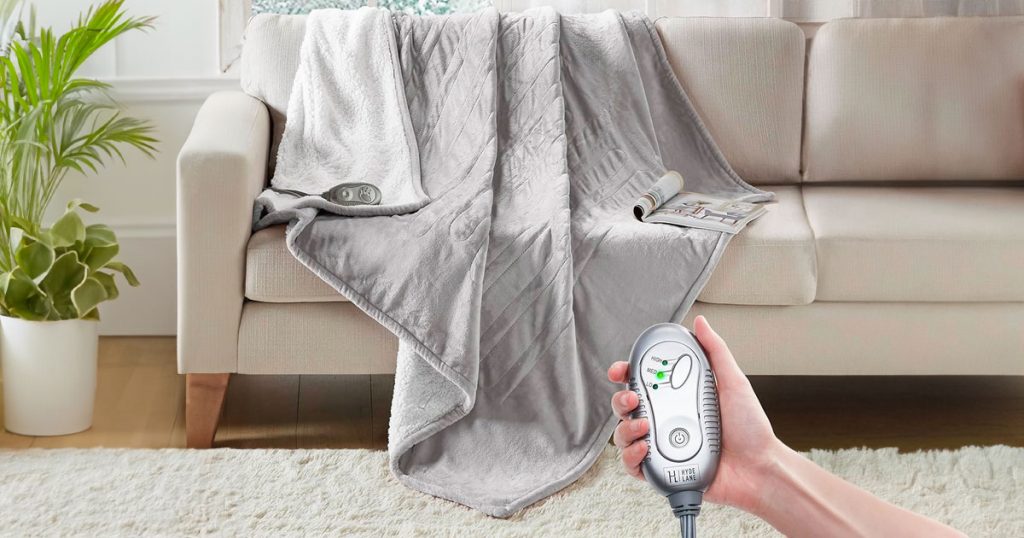Conserving power within the household is more than just an economical decision; it’s a commitment to a sustainable future and healthier living. With rising energy costs, homeowners find themselves facing ever-increasing power bills, pressing the need for energy efficiency. EnergySage outlines the extensive benefits of energy conservation, including warmer, drier, and better-ventilated homes that can dramatically lower the risk of illness.
The repercussions of energy consumption extend beyond the individual home, with our collective environmental impact rising in tandem with our energy usage. By embracing energy conservation strategies, such as using energy-efficient appliances, enhancing insulation, and regulating thermostats prudently, we can mitigate our ecological impact while nurturing our personal habitat.
However, there are certain indispensable appliances that challenge our conservation efforts, especially when it comes to heating during the biting cold of winter. One such indispensable item is the electric blanket, beloved for its ability to provide targeted warmth.
As much as we strive to minimize power usage, one must question the efficiency of these comfort-providing appliances. Let’s delve deeper into the specifics of electric blankets’ energy use and evaluate their role in an energy-conscious household.
Do heated blankets use a lot of electricity?
The topic of energy usage by electric blankets is an interesting one, particularly given the increasing focus on energy conservation. But do heated blankets use a lot of electricity? The short answer is no, especially when compared to alternative heating options such as space heaters.
On average, electric blankets tend to use about 200 watts of power. Considering this, if an electric blanket is left on for a continuous 10-hour period, it would consume about 2 kilowatt-hours (kWh). To put this into perspective, using an electric blanket for those 10 hours could cost significantly less than running a space heater, which uses more power and therefore costs more to operate.
How do electric blankets maintain energy efficiency?
The reason electric blankets are relatively low in power consumption stems from their design and method of heat distribution. Electric blankets warm the user through built-in wires that disseminate heat throughout the fabric. This direct transfer of heat to the person using the blanket allows for efficient use of energy, as it does not have to heat the surrounding air or space.
Wattage can vary depending on the blanket’s make and model, but many electric blankets on the market are rated between 75 and 400 watts. This variance is typically due to differences in blanket size, materials, brand, and the heat settings available. Most users will not operate their blankets on the highest setting continuously, opting instead for medium settings or turning the blanket on and off as needed, further conserving energy.
Moreover, cost analyses have shown that running an electric blanket could cost around 23p a night based on 8 hours of usage. This figure exemplifies the cost-effectiveness when compared to other heating methods, offering both comfort and energy savings during colder months.
Factors Influencing Electric Blanket Power Consumption
Electric blankets are designed for comfort and warmth, using electrical energy to provide heat during colder times. Here are several aspects that influence their power consumption:
How Electric Blankets Work
Electric blankets consist of an integrated network of fine wires that conduct electricity. When plugged in and turned on, these wires heat up due to electrical resistance, and the generated heat is spread throughout the blanket’s surface. Users can regulate the temperature with adjustable controls, which modulate the amount of current flowing through the heating elements.
Features Affecting Power Consumption
- Temperature Control: Variable temperature settings give users the flexibility to choose the level of warmth, but higher temperatures will invariably use more power.
- Automatic Shut-off: This feature conserves energy by turning off the blanket after a certain period, preventing unnecessary power usage when not needed or after falling asleep.
- Dual Controls: Some blankets offer dual controls for larger sizes, allowing two people to set different temperatures for each side of the blanket, potentially saving power if one side requires less heat.
- Fabric Type: The thermal insulation properties of the fabric can affect power consumption. More insulative materials help retain heat better, potentially reducing the need for higher settings or continuous operation.
- Size of the Blanket: Larger blankets have more area to heat, which can lead to greater energy use compared to smaller models.
Reflecting on the Efficiency of Electric Blankets in Power Consumption
As we conclude our exploration of electric blankets and their power consumption, it’s clear that these cozy companions excel in providing targeted heat with excellent energy efficiency. Electric blankets have proven to be a cost-effective alternative, focusing warmth precisely where it’s desired during those long winter nights while potentially reducing the overall heating bill.
Yet, it’s important to weigh this against other available heating methods:
- Space Heaters: While effective at warming entire rooms, they may lead to higher electricity usage compared to the selective heating of an electric blanket. Their efficacy diminishes if your primary need is warming the bed.
- Heated Mattress Pads: Sharing similarities with electric blankets, heated mattress pads offer an even distribution of heat from beneath you and can serve as a more energy-conserving option than space heaters.
- High-Quality Bedding: Opting for materials like wool or fleece may result in higher upfront costs, but they provide excellent thermal insulation without ongoing energy costs.
Choosing the right solution for staying warm during cold seasons involves considering personal needs and preferences, including the balance between immediate warmth, cost efficiency, and environmental considerations.
As we sign off on the topic of electric blankets and their power efficiency, remember to keep these factors in mind. The goal is to achieve comfort through warmth and practicality, ensuring your choice aligns with both your short-term comfort and long-term cost-effectiveness and sustainability principles. Keep cozy and make informed choices for a warm and efficient home this winter.

